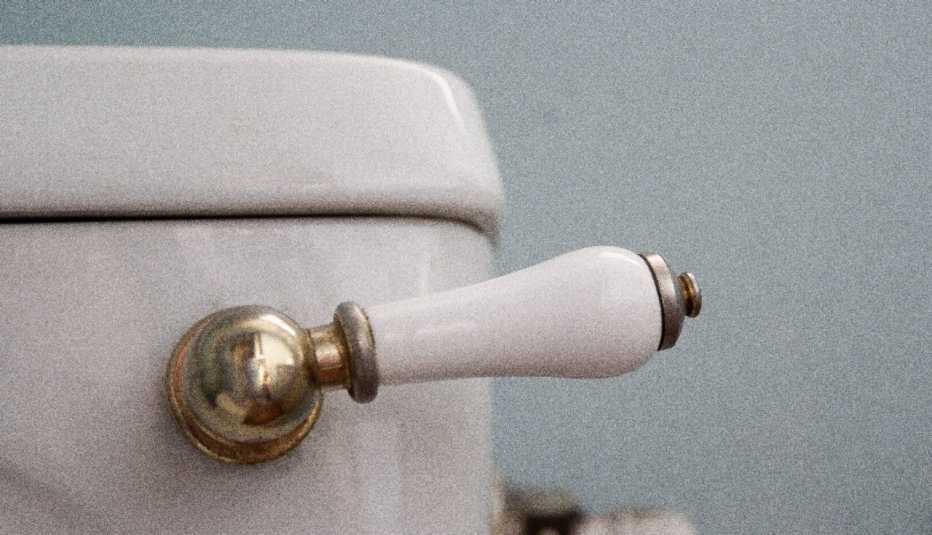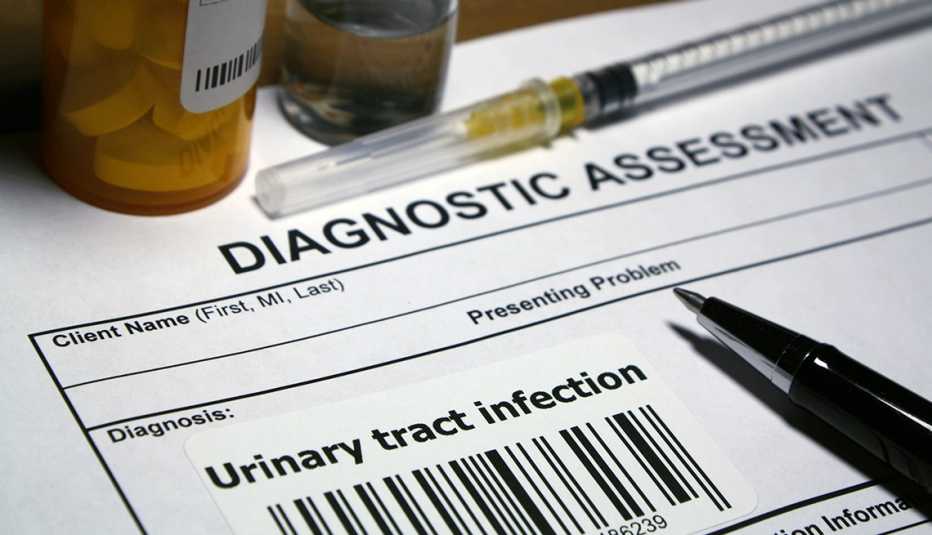Staying Fit
The most common cancers in men in the United States are prostate, lung and colorectal cancers. But number four?
Many people are surprised to hear that it’s bladder cancer, says Bernard Bochner, a urologic surgeon at Memorial Sloan Kettering Cancer Center in New York City. “And it’s important in women as well,” he says.


AARP Membership— $12 for your first year when you sign up for Automatic Renewal
Get instant access to members-only products and hundreds of discounts, a free second membership, and a subscription to AARP the Magazine.
According to the American Cancer Society, about 61,700 U.S. men and 19,480 women will be diagnosed with bladder cancer this year; 12,120 men and 4,980 women will die from it. Like lung cancer, bladder cancer is strongly linked to smoking, thought to cause about half of cases. Age is another major risk factor: Most cases happen after age 55 and the average age of diagnosis is 73, according to the American Cancer Society.
When caught in its earliest form, bladder cancer is highly treatable, with 96 percent of patients surviving five years, according to the National Cancer Institute. The survival rate for all stages combined is 77 percent.
Because there’s no recommended screening test for bladder cancer, catching it early means responding to warning signs and symptoms. Yet many people who show up in doctors’ offices with possible bladder cancer “have never heard of it,” says Yair Lotan, a professor of urology at University of Texas Southwestern Medical Center in Dallas.
Here are four possible warning signs you should never ignore:
1. Invisible blood in your urine
The urine sample you leave as part of a routine checkup or other medical visit is often checked for microscopic amounts of blood during a lab test called urinalysis. If even a few red blood cells are found, you should always find out the cause, Lotan says. Though there’s usually another explanation, these traces of blood can be the first signs of bladder cancer, he says.
Other possible causes include urinary tract infections, kidney or bladder stones and prostate problems. Women with blood in their urine often are assumed to have urinary tract infections, but that diagnosis should always be confirmed with a culture, a test that finds any bacteria growing in the urine, Bochner says. The assumption that women are unlikely to have bladder cancer is one reason women are diagnosed later and fare worse with the disease than men do, says Eugene Pietzak, also a urologic surgeon at Memorial Sloan Kettering.
2. Visible blood in your urine
The first sign of bladder cancer may be blood you see in your urine stream or in the toilet bowl. Usually, it’s pink or red and isn’t accompanied by any pain, Bochner says. “Most people otherwise feel perfectly fine … [so] people will sometimes think, Well, I may have strained myself or I did something that caused that,” he adds.







































































